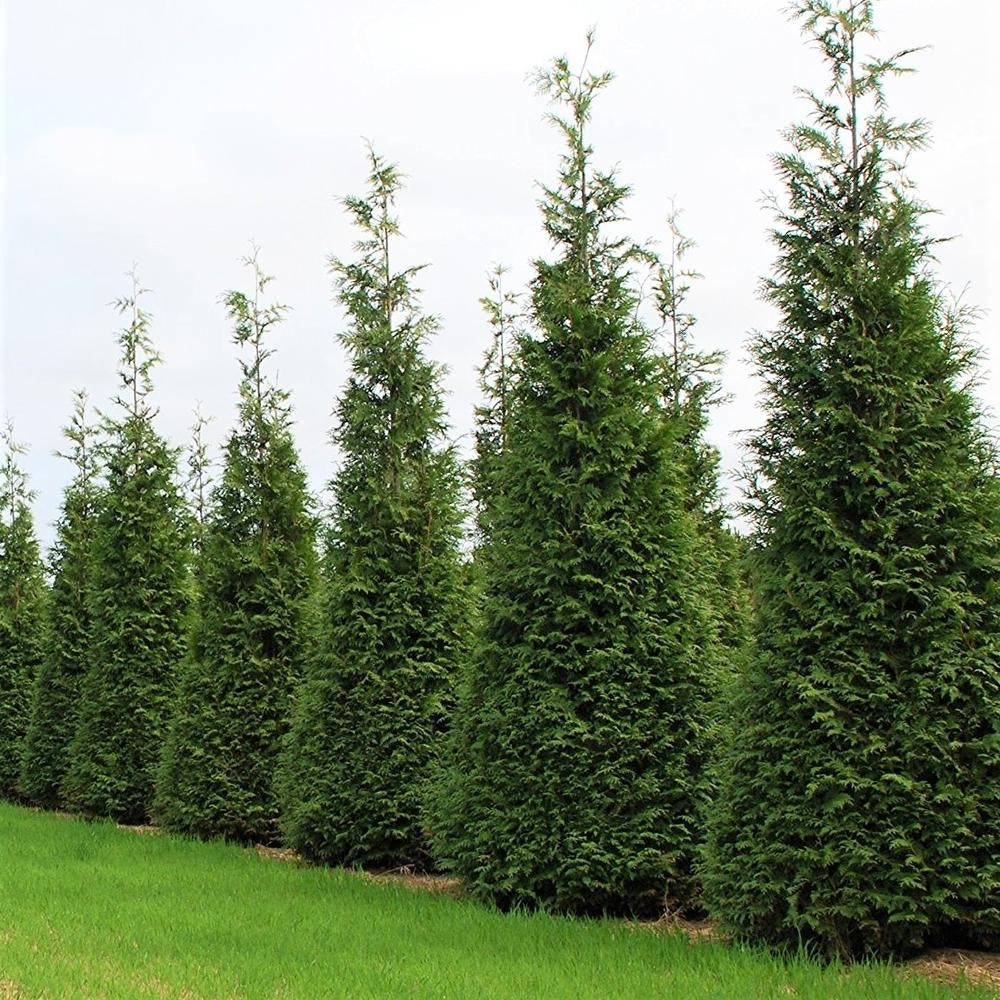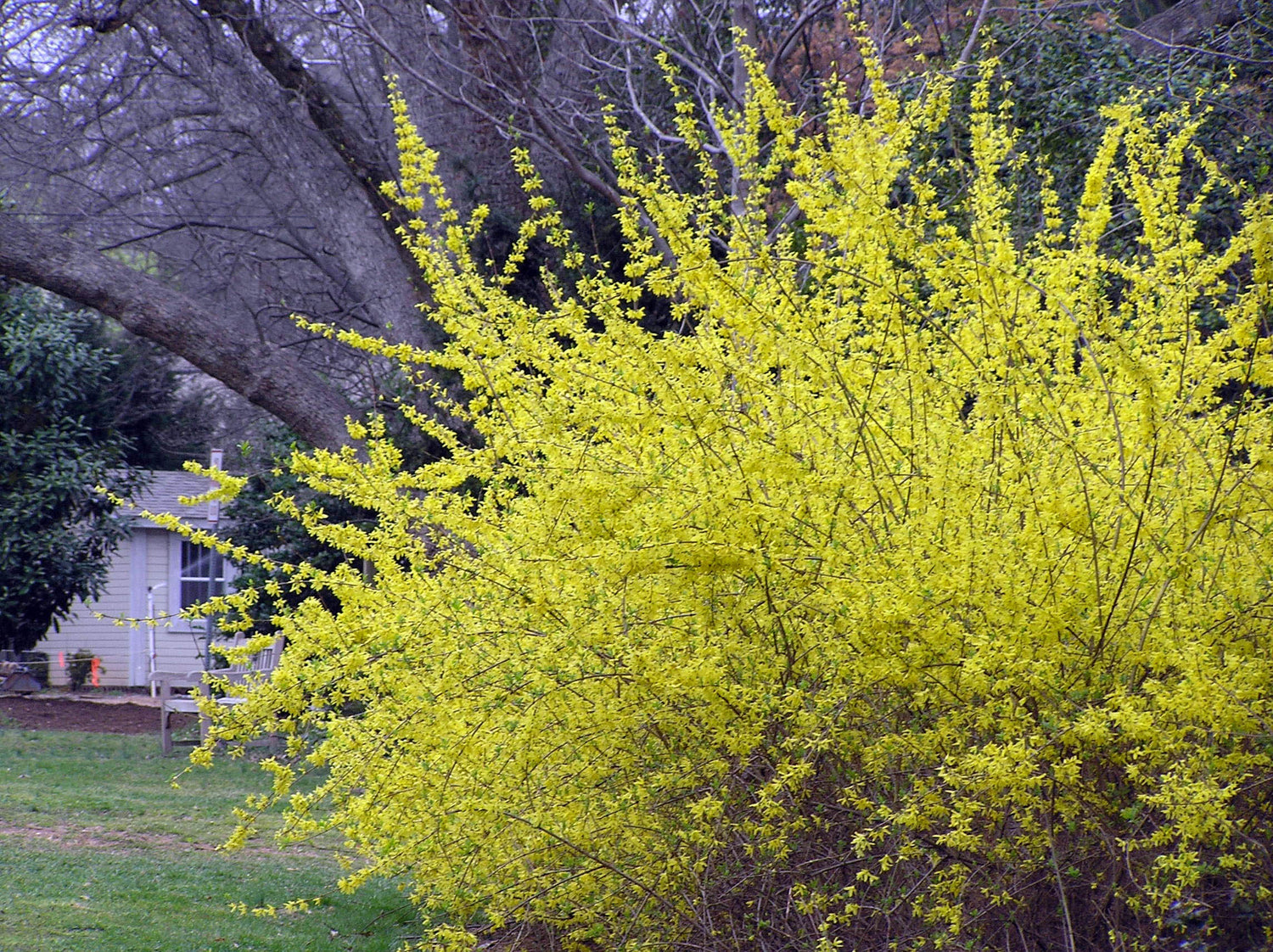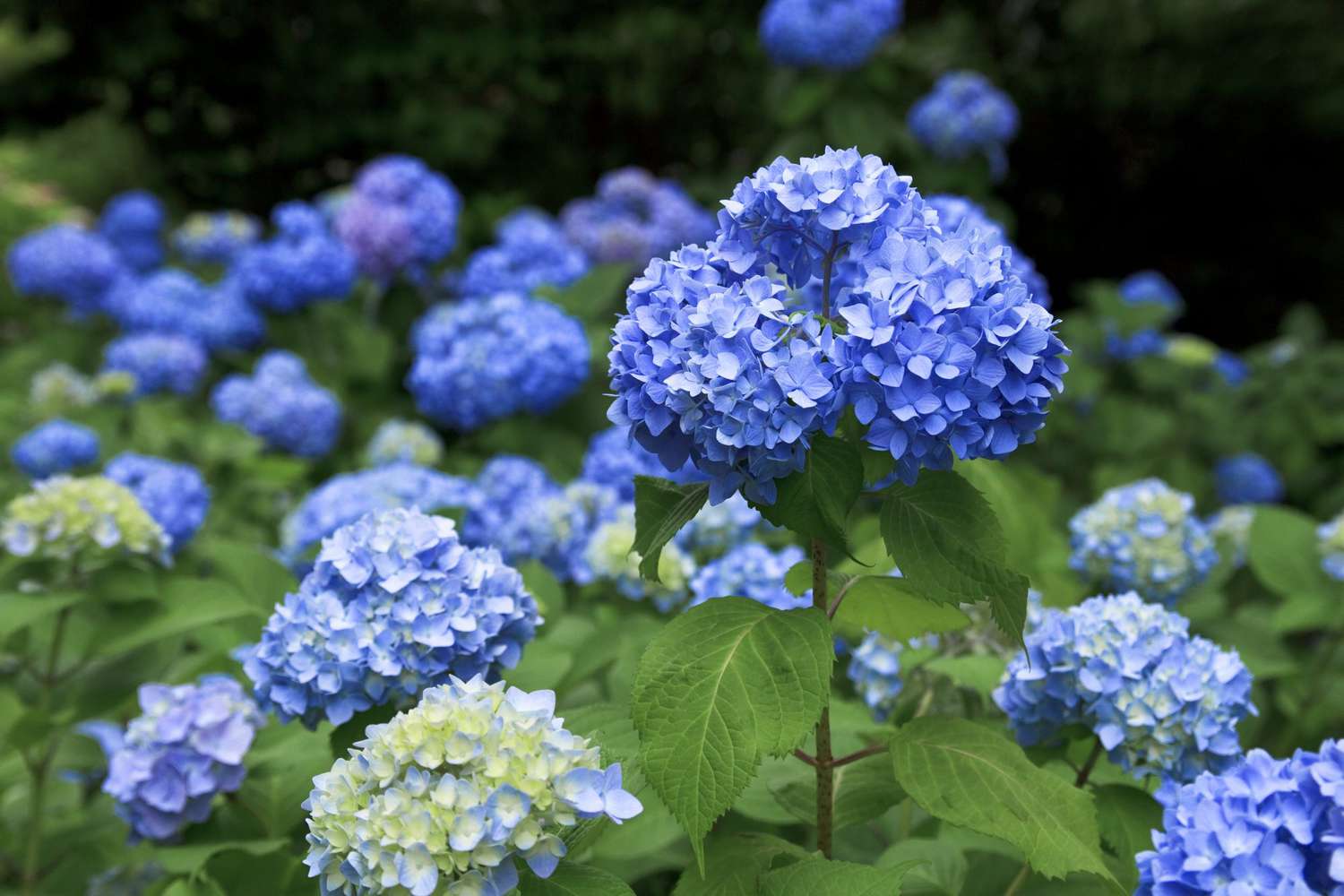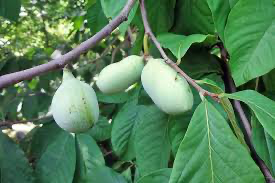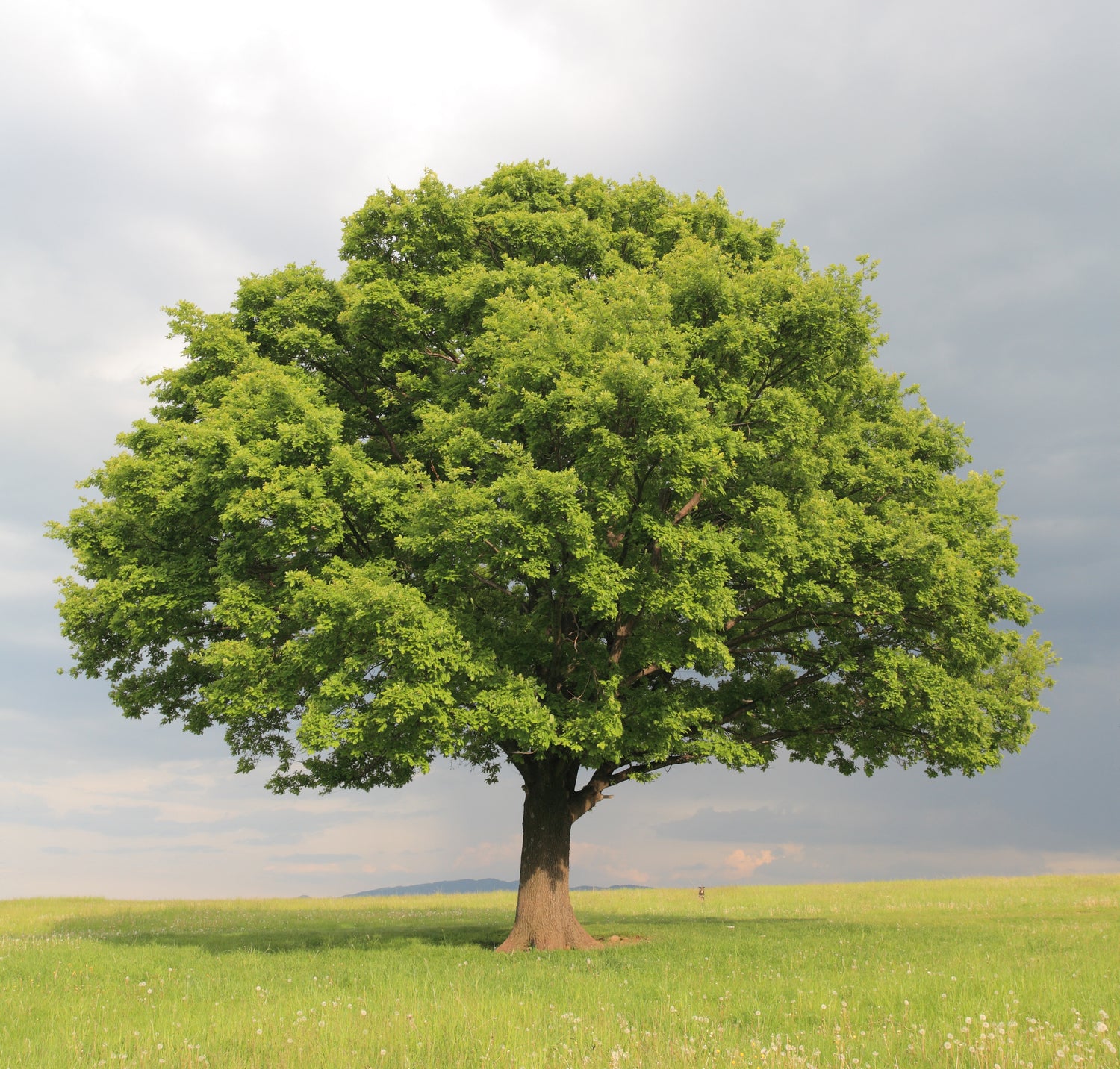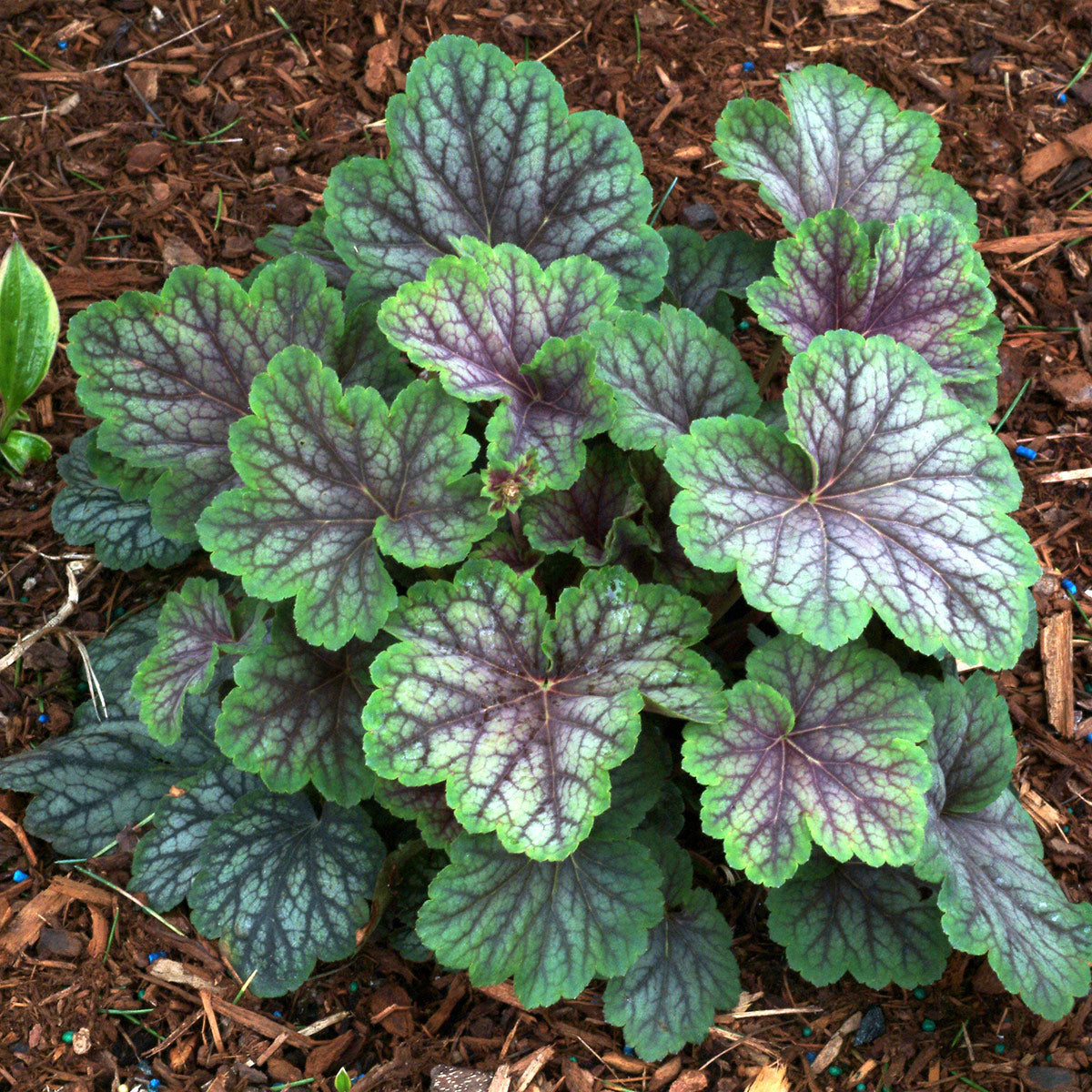Mastering Grafting—Boost Plant Hardiness With Rootstock
Grafting is not just an ancient agricultural practice—it’s a dynamic tool that today’s gardeners and farmers use to create stronger, more resilient plants. At the heart of this technique lies the strategic selection of the rootstock, which plays a crucial role in determining a plant’s overall hardiness and survival. In regions where temperature fluctuations can be the difference between a bountiful harvest and a barren season, understanding the interaction between the scion (the top part of the graft that bears fruit or flowers) and the rootstock (the bottom part that forms the root system) is essential. This section will delve into what grafting is, exploring its benefits and why the choice of rootstock is critical for enhancing plant hardiness, especially in challenging climates. By mastering the art of selecting the right rootstock, gardeners can not only improve their crop yield but also fortify their plants against the harsh whims of nature.

What Is Grafting In Horticulture?
Grafting is a sophisticated horticultural technique where the tissue of one plant, known as the scion, is inserted into the tissues of another plant, the rootstock. This union allows the vascular systems of the two plants to merge, enabling them to grow as a single entity. The scion is typically selected for its superior fruit, flowers, or other desirable traits, while the rootstock is chosen for its robustness, disease resistance, and ability to adapt to adverse soil and climatic conditions.
This method has been utilized for centuries, evolving from simple farmer experiments to a refined agricultural practice that supports commercial production of many fruits, including apples, pears, cherries, and nuts. The primary advantage of grafting is its ability to combine the best characteristics of two different plants. For instance, a farmer can graft a scion that produces high-quality fruit onto a rootstock known for its hardy root system and disease resistance, resulting in a plant that not only bears excellent fruits but is also more likely to thrive in less-than-ideal growing conditions.
Grafting not only enhances plant characteristics but also accelerates the maturation process of young plants, allowing them to bear fruit earlier than they might if grown from seed. This aspect is particularly beneficial in commercial agriculture, where time and healthy yields are of the essence.
Why Is The Choice Of Rootstock Important For Plant Hardiness?
The choice of rootstock is fundamental in grafting because it directly influences the overall resilience and hardiness of the plant. Rootstock determines how well a plant can withstand cold temperatures, resist diseases, and thrive in various soil types. This makes selecting the right rootstock a critical decision for any gardener or farmer looking to optimize the health and productivity of their plants.
Rootstocks are often selected for their ability to confer enhanced cold hardiness to the scion. This trait is particularly important in regions where temperatures can drop suddenly and sharply, as cold hardiness helps the entire plant withstand frost and freeze events that could otherwise be devastating. For example, certain rootstocks in apple orchards are known to impart greater cold tolerance, enabling the scion to survive in colder zones than it could on its own.
Moreover, some rootstocks can modify the growing season of the plant by entering dormancy earlier in the fall and breaking dormancy later in the spring. This adaptation is crucial as it minimizes exposure to harmful late spring frosts or early fall freezes, which can damage the plant. While the primary benefit of such timing adjustments is often seen in fruit survival, it can also contribute to the overall health and longevity of the scion, allowing it to endure unseasonable cold snaps that would typically cause stress or damage.
In addition to environmental resilience, the right rootstock can improve water and nutrient uptake, enhance the growth rate, and increase the fruit yield and quality. Thus, understanding the specific benefits that different rootstocks bring to the table is essential for any successful grafting project. This knowledge ensures that the grafted plant will not only survive but also thrive, producing abundant and high-quality yields year after year.
How Does Rootstock Affect Cold Hardiness And Scion Survival?
Rootstock plays a pivotal role in enhancing the cold hardiness of the scion, which is essential for the survival and productivity of grafted plants, especially in regions prone to sudden temperature drops. The mechanism by which rootstock contributes to cold hardiness involves several biological processes, primarily revolving around the timing of dormancy and active growth phases.
A rootstock that enters dormancy earlier in the fall can effectively protect the plant by reducing its metabolic activities before the onset of freezing temperatures. This early dormancy minimizes the risk of frost damage to new growth, which is more vulnerable to cold. Similarly, a rootstock that breaks dormancy later in the spring ensures that the scion does not start sprouting new growth until the risk of late frosts has passed, safeguarding the young shoots and blossoms that are critical for fruit production.
This ability to manipulate the dormancy phases is crucial not only for the survival of the fruit but also for the scion itself. Late freezes are particularly damaging because they can occur suddenly after a period of warmer weather, when plants have already exited dormancy and begun to actively grow. A rootstock that maintains dormancy longer can thus help prevent the scion from being caught off-guard by these temperature reversals, enhancing its overall resilience against climatic fluctuations.
Furthermore, the inherent characteristics of the rootstock itself, such as its genetic predisposition towards cold tolerance, play a significant role. Some rootstocks are specifically bred to enhance cold hardiness, incorporating traits from species that are native to colder climates. By selecting these rootstocks, gardeners and farmers can effectively extend the growing range of more delicate scions, allowing them to cultivate plants in environments that were previously too harsh for successful growth.
In sum, the strategic selection of rootstock for cold hardiness is a key factor in not only ensuring the survival of the scion through harsh winters but also in optimizing the annual yield and quality of the plant’s produce.
What Techniques Improve Fruit Survival In Cold Climates?
To enhance fruit survival in cold climates, selecting a rootstock that can handle the chill is just the beginning. Various techniques can be employed to further protect the fruits and ensure they thrive despite the harsh conditions. These methods focus on both the choice of rootstock and additional agricultural practices that bolster the plant’s resistance to cold.
Firstly, using rootstocks that are known for their ability to enter and exit dormancy at optimal times can be crucial. As previously discussed, rootstocks that delay breaking dormancy until after the last expected frost can prevent damage to new fruit buds, which are particularly vulnerable in spring. Similarly, rootstocks that enter dormancy earlier can protect the plant by slowing down its metabolism before the onset of winter, reducing the likelihood of damage during sudden temperature drops.
Beyond the biological advantages provided by the rootstock, farmers and gardeners can employ protective measures such as mulching, using frost cloths, or even installing windbreaks or frost fans to circulate air and reduce frost damage. Mulching helps to insulate the root area, keeping the ground temperature more stable and protecting the roots from freeze-thaw cycles that can be damaging.
Another technique is the strategic placement of plants. Planting on slopes, for example, can help reduce frost damage because cold air tends to settle in lower areas, so positioning sensitive plants higher up can keep them out of the coldest zones. Additionally, understanding local microclimates can aid in selecting planting sites that are naturally protected from harsh winds and frosts.
For orchards and larger agricultural operations, advanced methods like the use of water sprinklers for creating a protective ice layer when a frost is forecasted can be effective. This technique involves spraying the plants with water, which freezes and releases latent heat, thereby protecting the buds at critical temperatures.
Each of these techniques, combined with the selection of a suitable rootstock, creates a robust defense strategy against cold, ensuring not only the survival of the plant but also the successful development and ripening of fruits even in challenging climates.
How Can The Right Rootstock Prevent Damage From Late Freezes?
Choosing the appropriate rootstock can significantly mitigate the risks associated with late freezes, which often catch plants at a vulnerable stage of development. This preventative measure is crucial for maintaining the health and productivity of both the scion and the fruits it bears.
Rootstocks that have an inherent capacity to withstand cold are vital in regions prone to unexpected late-season frosts. These rootstocks help by modulating the dormancy period of the grafted plant. By ensuring that the scion remains dormant for a longer duration and delays budding until the risk of frost has diminished, these rootstocks provide a natural form of protection against sudden temperature drops. This trait is particularly beneficial for fruit trees, where early bud break followed by a freeze can result in significant loss of fruit yield.
Moreover, some rootstocks can enhance the scion’s overall resilience by improving its physiological responses to cold stress. This includes better regulation of water and nutrient uptake during colder months, which helps maintain cell structure and function despite freezing temperatures. Enhanced nutrient absorption facilitated by a robust rootstock can lead to increased accumulation of sugars and other cryoprotectants in the scion, which act as natural antifreeze within the plant tissues.
In addition to biological adaptations, the right rootstock can influence the microclimate around the scion. For instance, dwarfing rootstocks may result in smaller plants that are easier to cover and protect from frost with physical barriers like frost cloths or row covers. These materials provide an additional layer of insulation, trapping heat and maintaining a more stable temperature around the plant.
By strategically selecting rootstocks with these protective characteristics, gardeners and farmers can effectively shield their plants from the damaging effects of late freezes, ensuring the vitality of the scion and the successful maturation of its fruits. This careful selection helps secure agricultural investments and maintains the sustainability of crop production even in climates that challenge the limits of conventional horticulture.
What Are The Best Practices For Selecting Rootstock And Scion For Grafting?
Selecting the right rootstock and scion for grafting requires careful consideration of various factors, including climate compatibility, disease resistance, and the specific growth characteristics desired in the final plant. Following best practices in this selection process can greatly enhance the success of grafting projects, ensuring that plants are not only viable but thrive in their environments.
Climate Compatibility: One of the most crucial factors in selecting rootstock is its compatibility with the local climate, particularly its cold hardiness. Gardeners should choose a rootstock that can withstand the lowest temperatures expected in their area. Additionally, considering the rootstock’s ability to handle other climatic challenges such as drought or excessive moisture can further guard against environmental stressors.
Disease Resistance: Both the scion and rootstock should be resistant to prevalent diseases in the region. This dual resistance ensures that the grafted plant has the best chance of surviving and thriving without the need for excessive chemical treatments. For example, in areas prone to root rots or fungal infections, choosing a rootstock that is naturally resistant to these diseases can be a game-changer.
Desired Plant Characteristics: The choice of scion should reflect the desired characteristics of the final plant, such as fruit size, flavor, and appearance. However, the rootstock can also influence these characteristics, including the overall size of the plant, its vigor, and even the taste and texture of its fruits. Therefore, understanding the influence of various rootstocks on these traits is essential.
Graft Compatibility: Ensuring that the scion and rootstock are compatible is fundamental to successful grafting. This compatibility involves similar vascular structures so that the graft union can be successful and the plant can transport nutrients and water efficiently. Compatibility charts or guides, often provided by agricultural extension services or specialized nursery catalogs, can be invaluable resources for gardeners.
Trial and Error: Even with thorough research and planning, some level of trial and error may be necessary to find the perfect rootstock and scion combination, especially in unique or challenging growing conditions. Keeping detailed records of grafting attempts can help refine future grafting strategies.
By adhering to these best practices, gardeners and farmers can make informed decisions that optimize the health, productivity, and resilience of their grafted plants. This careful planning and consideration lay the foundation for successful horticultural projects, contributing to a more sustainable and fruitful gardening endeavor.
Enhancing Plant Resilience Through Strategic Grafting
The strategic selection of rootstock in grafting plays a vital role in enhancing the resilience and productivity of plants. Through the careful pairing of scion and rootstock, gardeners and farmers can cultivate plants that are better adapted to local climates, more resistant to diseases, and capable of producing high-quality fruits. This not only ensures the survival of the plants during adverse weather conditions but also maximizes their yield and economic value.
The importance of choosing the right rootstock cannot be overstated, as it significantly impacts a plant’s ability to withstand cold temperatures, resist disease, and thrive in less-than-ideal soil conditions. Moreover, by understanding and utilizing the natural dormancy cycles facilitated by certain rootstocks, growers can effectively shield their plants from late freezes and other climatic challenges.
As the practice of grafting continues to evolve, it remains a cornerstone of modern horticulture, blending traditional techniques with new scientific insights to meet the demands of contemporary agriculture. For those looking to enhance their gardening or farming practices, investing time in understanding and applying the principles of effective rootstock selection will undoubtedly pay dividends in the form of healthier plants and more bountiful harvests.
In conclusion, grafting is more than just a method of propagation; it’s a critical tool for sustainable agriculture. By harnessing the power of both scion and rootstock, we can create plant varieties that are not only capable of surviving but also thriving in their environments, paving the way for a more resilient and productive agricultural future.


